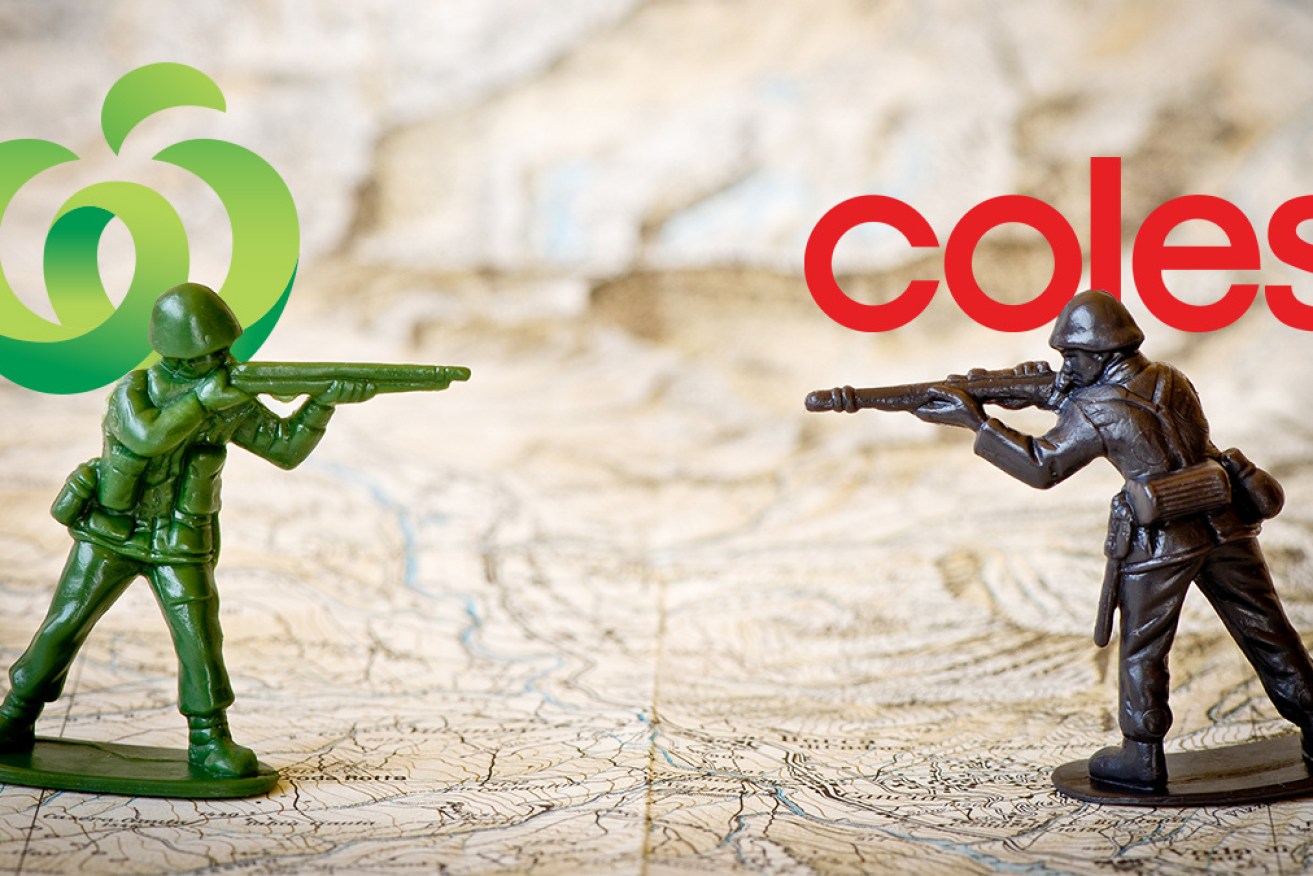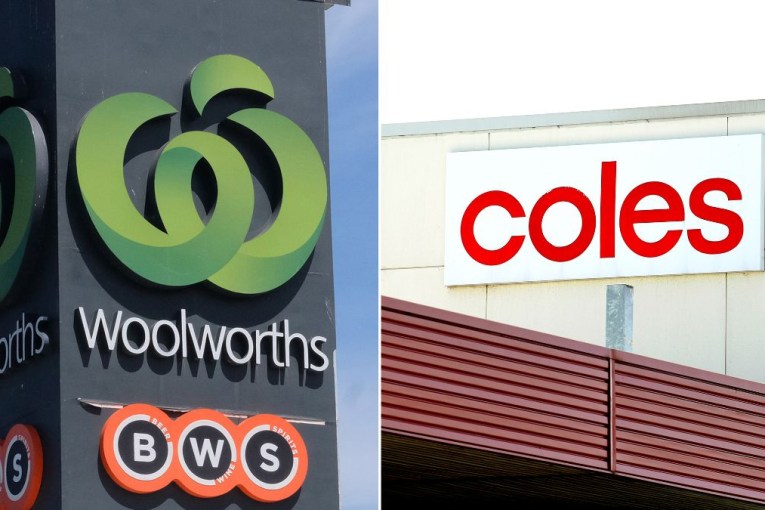Coles levels playing field as supermarket wars enter new territory


Coles looks to have outperformed Woolworths in 2019. Photo: Getty
Coles is taking the fight to Woolworths for the first time in years, after a healthy jump in revenue.
Coles’ supermarket revenue jumped 3.1 per cent to $35 billion in the year to June, it revealed in its first full-year report – a sharp improvement on the past two years of sluggish growth (1.7 per cent in 2018 and a meagre 1.3 per cent in 2017).
And that has set up the supermarket giant to overtake its main rival for the first time in three years.
“It’ll be really touch and go to see whether Woolworths will be able to grab the ascendency just in terms of revenue growth,” IBISWorld senior industry analyst Tom Youl told The New Daily.
“In terms of the battle for market share, they’re pretty evenly poised over the 2018-19 financial year. [In] 2015-16 was the last time we really saw Coles take it to Woolworths in this respect.”
Modest price rises on the cards
Shoppers can expect to see prices (especially fresh produce) increase in coming years as a “by-product” of Coles and Woolworths’ shift away from direct price-based competition, Mr Youl added.
“Coles and Woolworths are now trying to use means other than discounts to obtain market share, which is notably loyalty programs like FlyBuys and Everyday Rewards and the collectables programs,” he said.

Collectables like Coles’ Little Shop have been wildly popular. Photo: Coles
“Discounting will still be a feature, but it will be less prevalent than we’ve seen over the past five years or so.”
When factoring in fresh produce, Coles’ prices increased 0.8 per cent – the first time prices have lifted in many years.
Excluding fresh produce, overall prices did come down but at a much slower rate than normal, Mr Youl said, and the outlook for the next two years is for prices to slowly rise.
Supermarkets addressing wrong problems
Both Coles and Woolworths are increasing their ready-meal offerings and building more convenience-style stores to better compete with low-cost competitors like Aldi and Costco, Mr Youl said.
“Woolworths’ Metro stores are a really good example of that,” he said.
“They’re smaller stores which look a little more upmarket and premium, and we’ve seen both [chains] start doing more pre-packaged meals which have higher margins than fresh produce.”
The tactic appears to be paying off, but Choice director of research and testing Matthew Steen told The New Daily that it ignores the two biggest problems consumers have with supermarkets – excessive packaging and a lack of locally-sourced produce.
“[But] It seems like Coles and Woolworths are actually going in the opposite direction,” Mr Steen said.

Coles and Woolworths took out the lowest spots in Choice’s survey. Source: Choice
Woolworths and Coles took the two bottom spots in Choice’s Supermarket Satisfaction Survey, with shoppers disappointed not only by the stores’ packaging and supply chain, but by the lack of staffing and long checkout queues.
The survey also found 54 per cent of shoppers see little or no difference between the two supermarket titans.
Coles petrol pumps leaking money
The drastic improvement in supermarket revenue was not enough to stop Coles’ overall profits dropping a sizeable 8.1 per cent over the year.
The bulk of that was driven by a 13 per cent drop in fuel volumes from the business’s Coles Express petrol stations.
Coles reported “encouraging” signs that fuel volumes will grow in 2020 (driven by more competitive fuel pricing and the Little Shop 2 promotion), but expects that growth to “take time” and earnings to remain soft in the near future.








